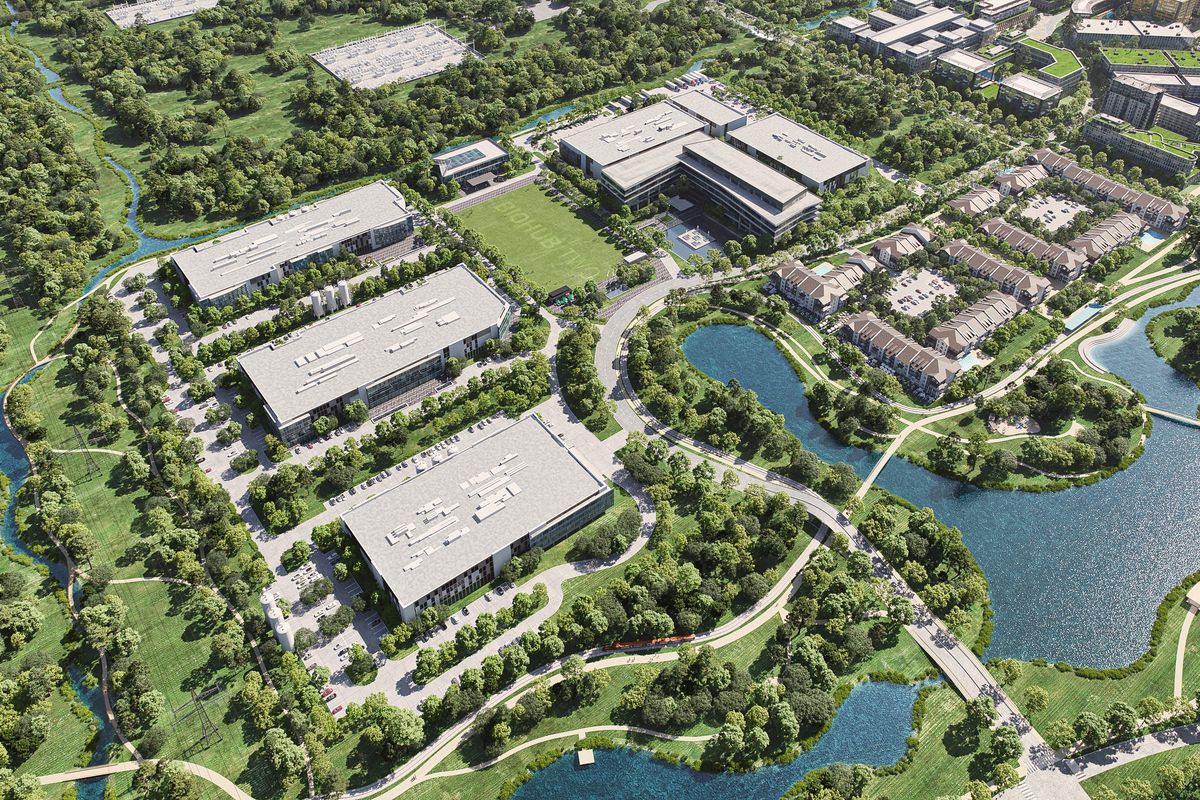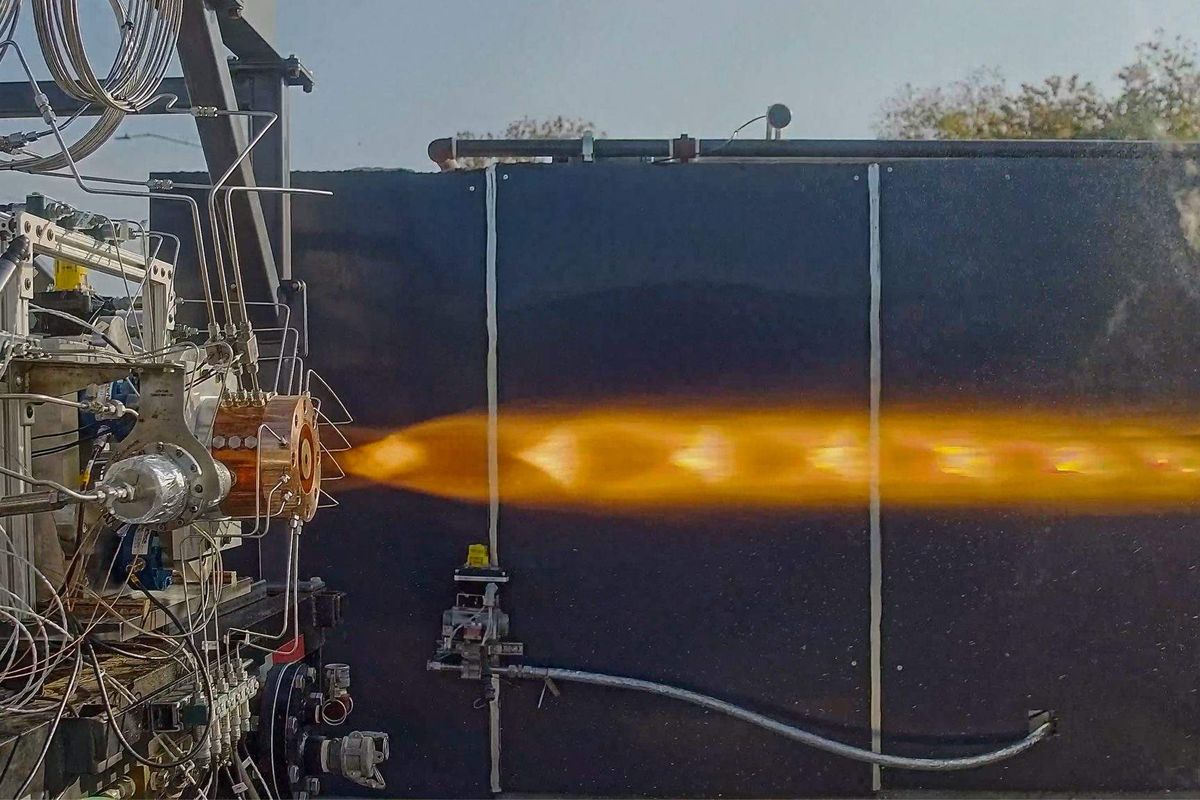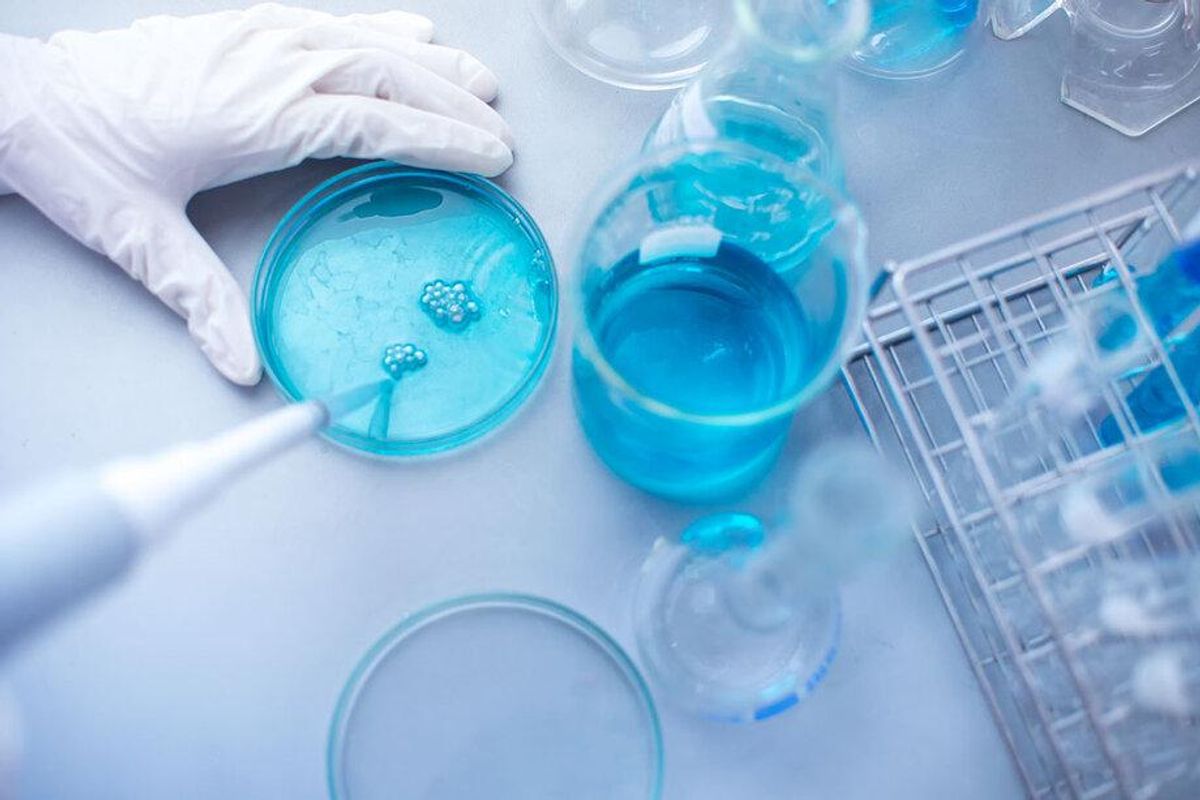Pharmaceutical giant plans $5.9B Houston facility and more news to know
Trending News
Editor's note: It's time to look back at the top Houston innovation news from the second half of May 2025. From exciting VC raises to major manufacturing facilities in the works, here are the most-read InnovationMap stories from May 16-30.
1. Pharmaceutical giant looks to bring $5.9 billion facility to Houston

Eli Lilly is looking to build an active pharmaceutical ingredient manufacturing facility at Generation Park. Rendering courtesy of McCord
Pharmaceutical company Eli Lilly and Company is looking to build a $5.9 billion active pharmaceutical ingredient (API) manufacturing facility in Houston, according to a recent filing with the state of Texas.
The proposal states that the project plans to employ 604 full-time direct employees at the site upon ramp-up completion. Construction is projected to begin in 2026, with a completion target of 2030 and commercial operations beginning in 2031. Continue reading.
2. Houston VC firm closes $21M fund for underrepresented founders

Zach Ellis, founder and general partner of South Loop Ventures, which recently closed its debut fund. Photo via LinkedIn
Houston-based South Loop Ventures recently closed its debut fund for more than $21 million, led by investments from Rice Management Company and Chevron Technology Ventures.
The funds will go toward teams with at least one underrepresented founder of color working in the energy, health, space, sports and fintech sectors. Additional investments came from The Great Commission Foundation of the Episcopal Diocese of Texas, Texas CapitalBank and others organizations. Continue reading.
3. Houston-founded startup raises $1.2M and moves headquarters to Detroit

ChurchSpace, founded in Houston by Day Edwards and Emmanuel Brown, is moving to Detroit. Photo courtesy ChurchSpace.
Houston-founded ChurchSpace, known as the Airbnb for churches, has formed an official partnership with the City of Detroit and will relocate its headquarters.
The announcements come as the company successfully closed a $1.2 million oversubscribed funding round. The round was led by California-based Black Ops Ventures, with participation from Michigan Rise and Dug Song of Minor Capital, who is also the founder of the Song Foundation, another Michigan-based organization. Continue reading.
4. Houston aerospace co. soars with first U.S. test flight of hypersonic engine

Venus Aerospace successfully completed the flight test of its hypersonic engine, the first of an American-developed engine of its kind. Photo courtesy Venus Aerospace
Houston-based Venus Aerospace successfully completed the first U.S. flight test of its proprietary engine at a demonstration at Spaceport America in New Mexico.
Venus’ next-generation rotating detonation rocket engine (RDRE) is supported by a $155,908 federal Small Business Innovation Research (SBIR) grant from NASA and aims to enable vehicles to travel four to six times the speed of sound from a conventional runway. The recent flight test was the first of an American-developed engine of its kind. Continue reading.
5. Houston regenerative medicine company expands lab for future trials

FibroBiologics has opened a new 10,000-square-foot Houston lab to scale up research efforts and pave the way for in-house manufacturing. Photo via Fibrobiologics.com
A Houston regenerative medicine company has unveiled new laboratory space with the goal of expanding its pioneering science.
FibroBiologics uses fibroblasts, the body’s most common type of cell, rather than stem cells, to help grow new cells. With its new space, the publicly traded company, which has more than 240 patents issued or pending, will be even better equipped to power forward with its research. Continue reading.
















